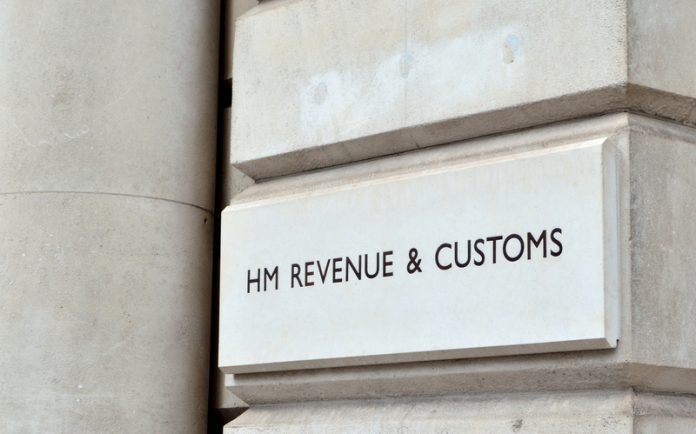HMRC has set a timeline for when it will upgrade its system to introduce digital tax accounts…
It is expected that by 2020, HM Revenue & Customs (HMRC) will have moved its tax accounts to a fully digital system.
The government department set out its timeline for the system, which will streamline the process and make it more efficient.
According to the department’s schedule there will be ongoing progress until 2020 to move businesses, self-employed individuals, and landlords to digital systems.
HMRC said this would mean bureaucratic form-filling “will be eradicated because taxpayers should never have to tell HMRC information it already knows”. Furthermore it will allow the tax system to operate in near ‘real time’, preventing unnecessary delays and preventing deadlines from being missed.
Taxpayers will have access to digital accounts, which will remove the need to complete a tax return.
At presence there are different parts of the department that looks after different tax systems. The transfer to digital accounts will give taxpayers a single, personalised view of their tax obligations.
The timeline for this system to be implemented suggests between July and December 2016 testing will take place for digital reporting of accounts by small businesses. Authorised agents will be able to manage their clients’ digital tax accounts.
During this period testing will also start using real time information (RTI). This will enable taxpayers to view their personal allowances and see how it is shared between jobs and pensions.
Between January and June 2017 it is expected tests will start for landlords. Taxpayers will be able to report their income through the digital tax account.
Then between July 2017 and June 2018 tax liabilities will be available to view in one place, with automatic tax code adjustments preventing PAYE under and overpayments.
Between July 2018 and into 2020, businesses, self-employed people and landlords will be updating HMRC quarterly for income tax and National Insurance obligations through their accounting software. This will also be the case with VAT obligations.
Capital Gains Tax on the disposal of residential properties will also need to be paid within 30 days by this period.
By 2020 it is also expected Corporation Tax obligations will be reported through the digital system to HMRC quarterly and by the end of 2020 the full range of HMRC services should be available.











